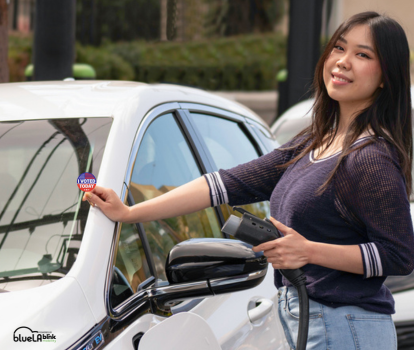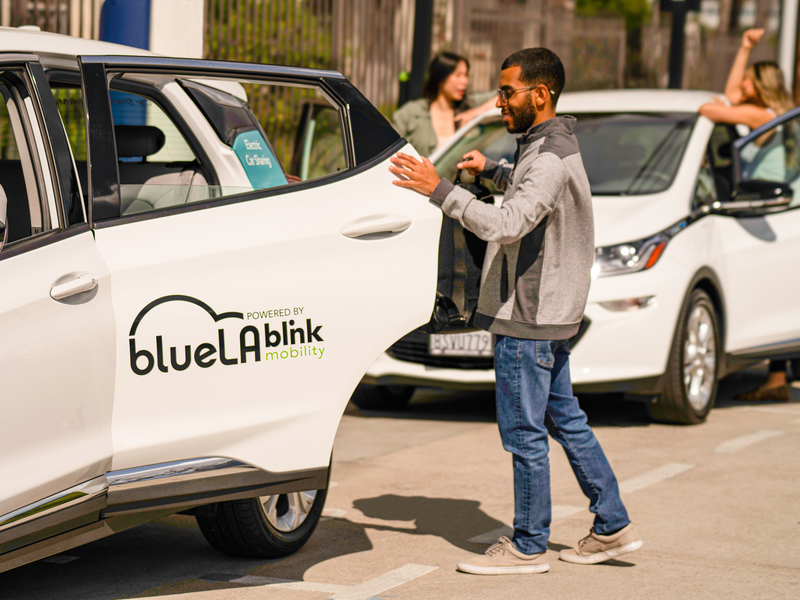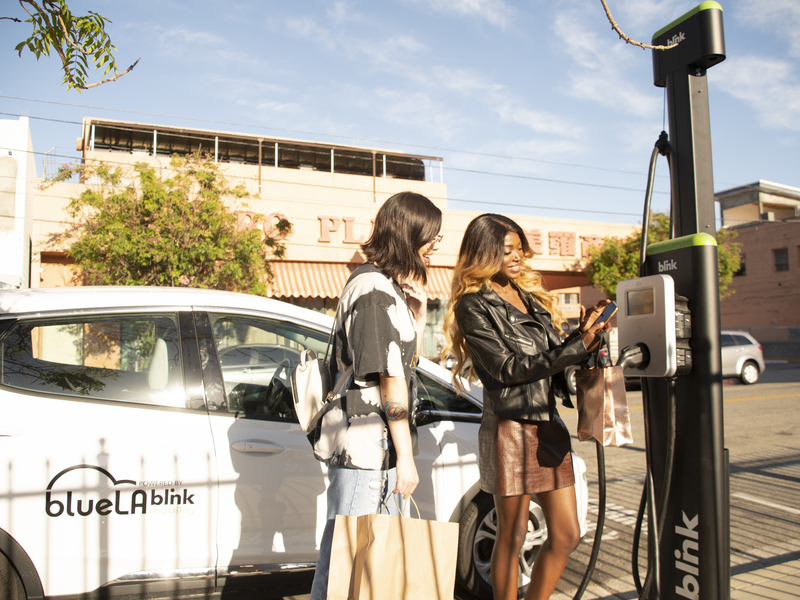Electric cars have revolutionized the way we think about transportation, offering a sustainable and eco-friendly alternative to traditional vehicles. However, for those new to the world of electric cars, the concept of charging might seem daunting. In this blog post, we aim to demystify electric car charging, providing a beginner’s guide to help you navigate the exciting landscape of electric mobility.
Understanding the Basics: Types of Charging
Electric car charging comes in three main types: Level 1, Level 2, and Level 3 (DC Fast Charging). Let’s break down each one:
- Level 1 Charging: This is the most basic form of charging and involves using a standard household outlet (120 volts). While it’s the slowest method, it’s suitable for overnight charging at home.
- Level 2 Charging: Using a 240-volt power source, Level 2 charging is faster than Level 1 and is commonly found at public charging stations. It’s ideal for topping up your electric car during shopping or other activities.
Level 2 chargers are also found at Blink Mobility and Envoy car sharing stations. Blink Charging’s innovative 80-amp Level 2 charger, the IQ 200, is a critical component of the BlueLA powered by Blink Mobility car sharing program allowing members to rent and return their car at any of 40 convenient BlueLA powered by Blink Mobility charging locations.

- Level 3 (DC Fast Charging): This is the fastest charging option and is typically found at dedicated charging stations. DC Fast Charging can provide a significant charge in a short amount of time, making it perfect for longer journeys.
Overcoming Range Anxiety
One common concern among electric car beginners is “range anxiety,” the fear of running out of battery power before reaching a charging station. The reality is that with the growing network of charging stations and the increasing range of electric cars, range anxiety is becoming less of an issue.
To alleviate concerns, plan your routes with charging stations in mind. Utilize navigation apps that highlight charging stations along your journey, ensuring a stress-free and enjoyable driving experience.
For Blink Mobility car sharing members, range anxiety is never an issue since the all-electric Chevy Bolts have a 259-mile range, and rentals are meant to be 12 hours or less and are limited to Los Angeles, Ventura, and Orange County.
Charging at Home: Convenience at Your Fingertips
One of the greatest advantages of electric cars is the ability to charge at home. Installing a Level 2 home charger allows you to start each day with a full battery, eliminating the need for frequent public charging. It’s a simple process – plug in your car before bedtime and wake up to a fully charged vehicle ready for the day ahead.
Looking for a home charger? The Blink HQ 200’s sleek design, competitive price, and output of up to 50 amps is ideal for an easier, faster, and better home charging experience.
Public Charging Etiquette
When utilizing public charging stations, it’s essential to be mindful of charging etiquette. Avoid leaving your car parked at a charging station once it’s fully charged, allowing others to use the facility promptly. It’s all about fostering a community spirit among electric car users.
If you’re a member of a car sharing service like Blink Mobility, be mindful of leaving the EV the way you would like to find it. Making sure the car is properly parked in a designated space and not taking up 2 spaces ensures other members can park as well. Most importantly, ensuring the car is properly plugged in, allows the vehicle to charge and be available to other members. To learn more about car sharing etiquette read our blog: Master the 10 Car Sharing Commandments
In conclusion, electric car charging is not as complex as it may seem. By understanding the different charging options, planning your routes, and adopting good charging habits, you’ll find that integrating electric cars into your lifestyle is a seamless and rewarding experience. So, buckle up and embrace the future of sustainable transportation!
Recommend for You
Stay Informed
Join our mailing list for hot news and company updates.







